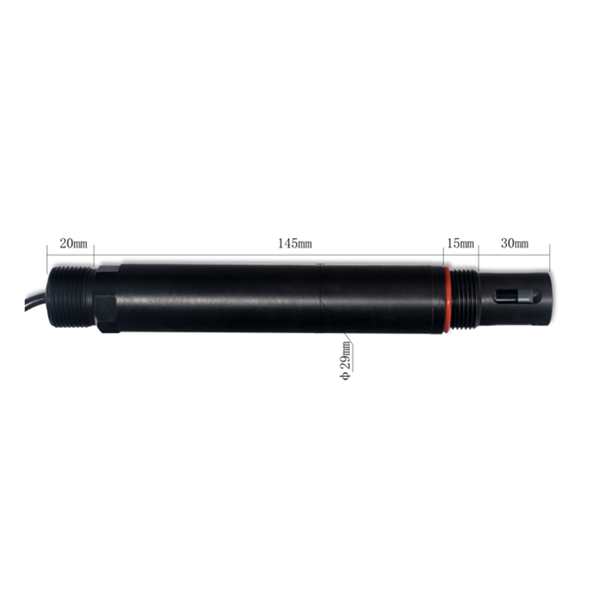Ion selective electrode is an electrochemical sensor whose potential is linear with the logarithm of ion activity in a given solution. It is a kind of electrochemical sensor that uses membrane potential to determine ion activity or concentration in solution. It belongs to membrane electrode, whose core component is the sensing membrane of electrode. Ion selective electrode method is a branch of potentiometric analysis. It is generally used in direct potentiometric method and potentiometric titration. The utility model is characterized in its wide application range. Furthermore, it can measure the concentration of specific ions in the solution. In addition, it is not affected by the color and turbidity and other factors of reagent.

Measurement process of ion selective electrode
When the measured ions in the electrode solution contact the electrode, ion migration occurs in the aquifer of the ion selective electrode membrane matrix. There is a potential in the charge change of the migrating ions, which changes the potential between the membrane surfaces. Thus, a potential difference is generated between the measuring electrode and the reference electrode. It is ideal that the potential difference generated between ion selective electrode and the ions to be measured in the solution should comply to Nernst equation, which is
E=E0+ log10a(x)
E: Measured potential
E0: Standard electrode potential (constant)
R: Gas constant
T: Temperature
Z: Ionic valence
F: Faraday constant
a(x): ion activity
It can be seen that the measured electrode potential is proportional to the logarithm of the activity of "X" ions. When the activity coefficient remains constant, the electrode potential is also proportional to the logarithm of the ion concentration (C). In this way, the activity or concentration of ions in the solution can be obtained.

Post time: Jan-30-2023



